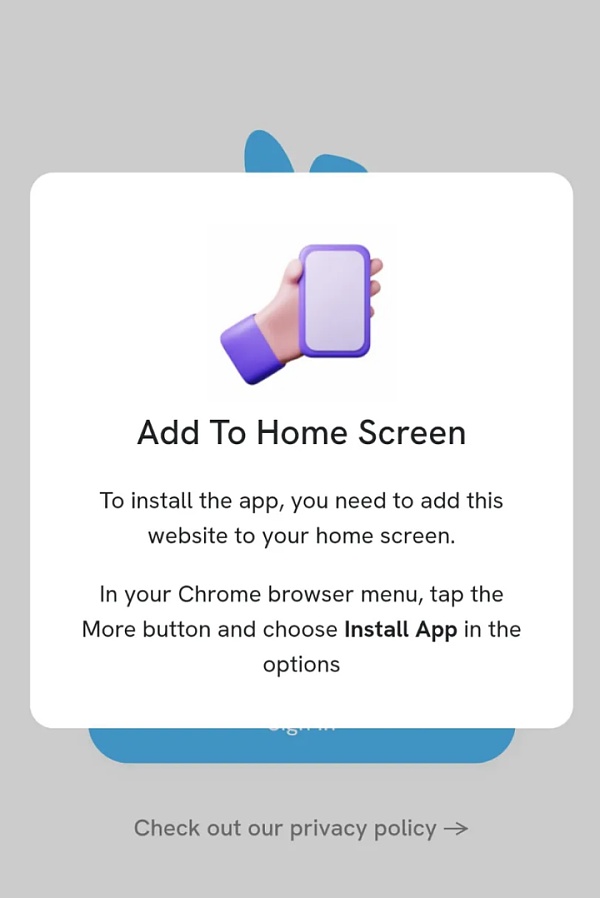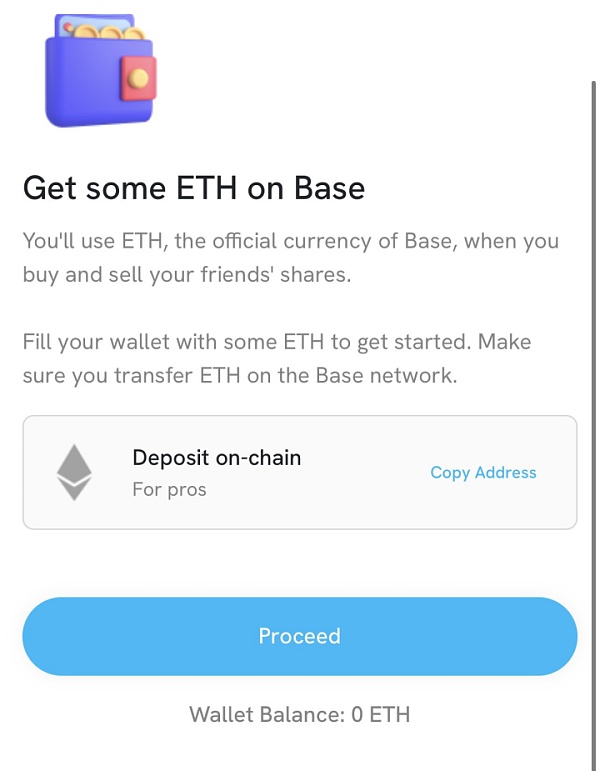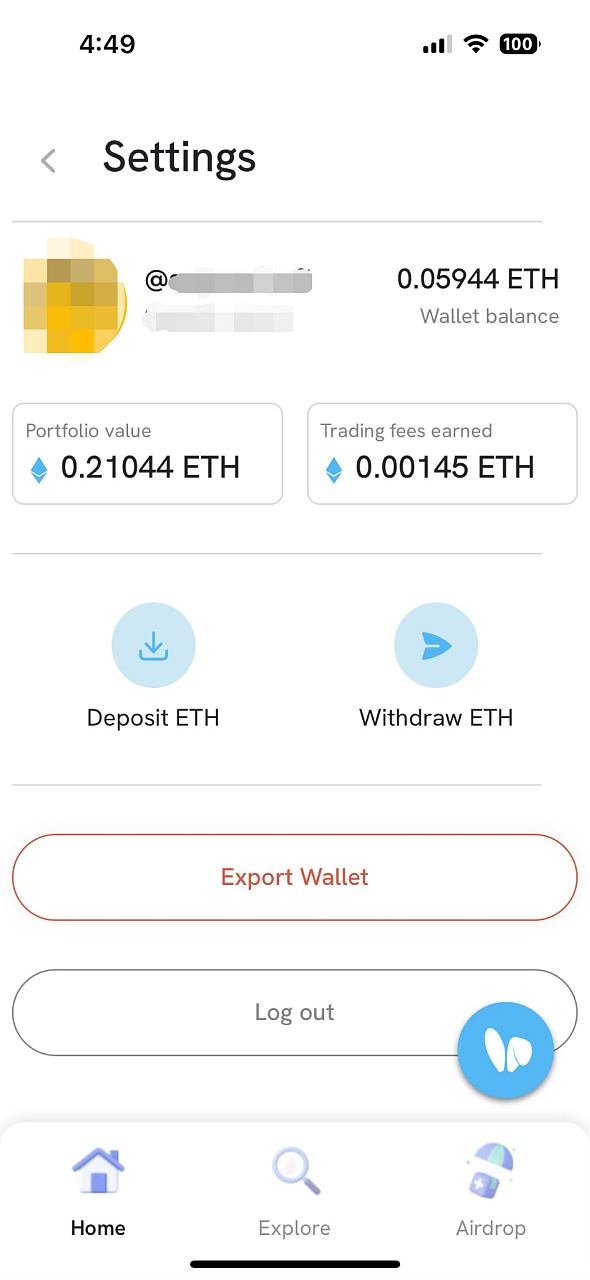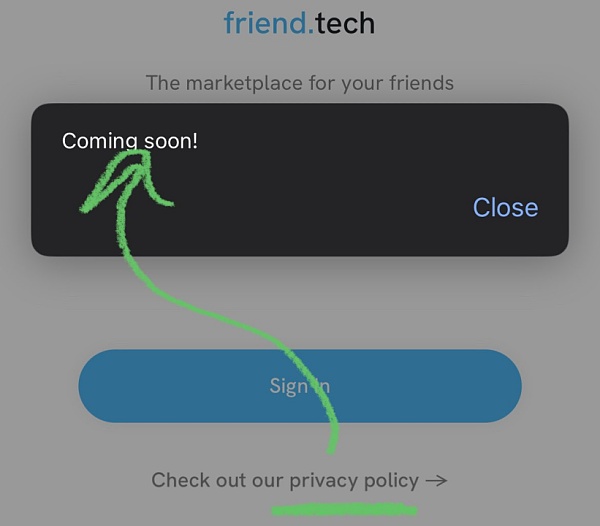Friend.Tech A New Approach to Web3 Social or Just a Flash in the Pan?
Friend.Tech A New Approach to Web3 Social or Just a Fad?The Base that veDAO Research Institute mentioned before has recently generated a new hot topic: a SocialFi DApp called Friend.Tech has sparked a new wave of enthusiasm. Since its establishment, a total of $175 million in cryptocurrency has been transferred to the platform, and nearly 580,000 transactions were recorded on August 10th. On the same day, the number of daily active users on Base reached a historical high of 136,000. And all of this is mainly due to Friend.Tech, an invite-only native Web3 social DApp on Base.

With revenue exceeding $500,000 in the first two days, Friend.Tech, which uses a “one-for-three” invitation code mechanism similar to Clubhouse, has become the hottest SocialFi project in the Base ecosystem and the most highly anticipated Web3 project. According to CryptoKoryo data, as of 8:30 pm on August 19th, within approximately 10 days of its launch, Friend.Tech’s trading volume has exceeded 11,000 ETH, with over 39,000 independent users and over 518,000 completed transactions. The LianGuairadigm effect is also strong enough. After the financing news was announced, the number of active users on Friend.Tech grew rapidly, with over 1.7k buyers in a single hour, reaching a historical high. In this article, we will learn more about Friend.Tech.
What is Friend.Tech?
Friend.Tech, which is difficult to obtain, is a DApp based on the Base ecosystem. It allows users to buy and sell “shares” of any user on Friend.Tech through the Ethereum of the Base chain, which is strongly linked to Twitter. Investors in KOL shares will have the right to have direct conversations with KOLs. It allows users to buy and sell shares of related Twitter accounts, and owning shares of a certain KOL will authorize users to enter that KOL’s private chat room.
- The higher the road, the taller the devil. Has the story of airdrops come to an end?
- All or Nothing’ The roller coaster ride of ScienceCoin, discussing the memes in the crypto community
- Survival Skills in the Cryptocurrency Dark Forest Wallet Security Strategies and Risk Level Management
The essence of Friend.Tech is to bet on the influence of KOLs. It is a project that tokenizes KOLs. It is equivalent to Friend.Tech issuing tokens for KOLs, which are tokens representing personal IPs. In this way, the value of KOLs is monetized, which can also be considered as an attempt to quantify social value.
According to Dune Analytics data, Friend.Tech brought in 7,860 users and 4,400 ETH (8.1 million US dollars) in less than 24 hours after the launch of the test version, with over 126,000 transactions, far exceeding the trading volume of OpenSea in the same period of time. On August 10th, it even set a new record for the number of daily active users on Base. Within four days of its launch, Friend.Tech exceeded 1.8 million accounts, with a weekly trading volume of 6,900 ETH, and the royalty income from shares exceeded 300 ETH.
The Background of Friend.Tech
Racer is one of the creators of Friend.Tech. He previously created TweetDAO, which is a DAO organization that grants the right to use his Twitter account by holding an NFT called “TweetDAO Egg”.
Then, Racer and another co-founder of Friend.Tech, Shrimp, created Stealcam together, an image sharing application based on the Arbitrum ecosystem. In Stealcam, users can upload images, which will be pixelated and need to be “stolen” (unpixelated) by other users to view the original images. The price increases with each steal according to the rules. This design combines curiosity, celebrity effect, Twitter dissemination, and owner economy model, making the project itself highly viral.
Finally, the developers decided to reshape the positioning of Stealcam and created a project called Friend.tech. Shrimp and Racer originally planned to deploy the project on Arbitrum, but eventually chose Base, perhaps based on market popularity, resulting in the explosive growth of Friend.tech today. Friend.tech goes further than previous products by tightly integrating social attributes with cryptocurrency. This allows KOLs and ordinary users on Twitter to create social tokens to monetize their influence.
How does Friend.tech work?
Every user registered on Friend.tech needs to link their account with Twitter. By doing so, a user’s Twitter account is quantified into social tokens on Friend.tech, and other users can purchase shares of these tokens with ETH. These shares represent the user’s popularity and engagement on Twitter.
Similar to other digital assets, the value of these shares fluctuates. Let’s say you buy shares of a user at a certain price, and then the base price of their shares increases shortly after. You can choose to sell your shares at a higher base price, potentially making a profit. Conversely, if the base price is lower than the price you bought in at, you can choose to hold or sell at a loss. All transactions are recorded and can be viewed on the blockchain. Whether buying or selling, each transaction incurs an additional 10% fee: 5% goes to the protocol and the other 5% goes to the current shareholder involved in the transaction.
@functi0nZer0 tweeted about the pricing model of Friend.tech’s shares on Twitter (this model has not been officially confirmed). The model reveals a simple supply and demand structure. The number of shares an individual holds is determined by a quadratic relationship with the price of the next share, and the price of each share increases exponentially with the number of buyers. The formula is: Price in ETH = Supply ^ 2 / 16000. *Here, Supply represents the current number of shares an individual holds. Token airdrops and visible incentives are important means for Friend.tech to convert Twitter users into core users of the application. Friend.tech will distribute a total of 100 million points during the 6-month testing period, with distributions taking place every Friday. Point records will not be recorded on the chain. On August 19th, Friend.tech completed its first point airdrop.
How to use Friend.Tech
1. Access the platform

First, open the friend.tech website on your mobile browser. After entering the website, click the “Share” button on the browser menu, then select the “Add to Home Screen” option. Then open the friend.tech application on your mobile home screen.
2. Register and enter invitation code
-
After opening friend.tech, register (can be done through Google or App Store login). After registration, users need to enter an invitation code to gain full access. Users usually receive three invitation codes that they can share with others.
-
Set up account

After filling in the invitation code, users need to bind their own Twitter account and send 0.01 ETH based on Coinbase’s Base chain to the specified address to activate the account. You can go to the official Base cross-chain bridge, connect your wallet, and transfer your mainnet ETH to the Base chain. Once you have ETH on the Base chain in your account, you can claim your 3 invitation codes.
3. Purchase Shares and Chat
-
After entering the app, you can see the most popular users on the homepage and buy their shares. You can also search for users you are interested in and buy their shares. Before purchasing, when you click on a user, a locked icon will appear in the chat interface, indicating that you need to purchase shares. Once the purchase is completed, you can have one-on-one chat with the user. Friend.tech allows each holder to send three messages, and then wait for the other party to reply before resetting the limit to prevent spam.
-
Withdrawal

If you have successfully made money and want to withdraw funds, please click on your profile within the application and withdraw your ETH to your own address. Use the Base cross-chain bridge to transfer your funds back to the mainnet for further use or trading.
Issues to Pay Attention to

Although Friend.tech has experienced exponential growth within 24 hours of its launch and many crypto KOLs have started to profit from it, concerns have been raised about the pricing model and data privacy of the platform.
The PC version of Friend.tech’s website currently guides users to download the app on a mobile device. The website, which only consists of one page, provides very little information about the project, such as roadmap, founders, or whitepaper, which are common information for Web3 projects. Additionally, the privacy policy link on the page shows “Coming soon!” when clicked.
Furthermore, the user experience of Friend.tech is not user-friendly. On the first day, the app experienced network failures due to a surge of users. Many KOLs registered on the platform, and many users complained about delays and application crashes. In fact, rather than being a new type of social product, Friend.tech is more like a variant of NFT gameplay, and the underlying logic is also based on the logic of holding NFTs: users believe in a certain KOL, think that the KOL’s views are helpful to them, or believe that the KOL’s community is active and their shares will appreciate in the future. However, this means that selecting high-quality KOLs becomes the most crucial decision-making process for users. Similar to selecting suitable targets from countless NFT products on platforms like OpenSea, users in Friend.tech first need to know which Twitter accounts are active and which accounts can easily build a community. This requires analyzing the number of views of Twitter KOLs’ tweets in advance. It is worth noting that currently, Friend.tech is mostly dominated by KOLs from Europe and the United States, while Chinese KOLs are relatively weak. After completing the initial screening, choosing high-quality KOLs, users also need to distinguish which KOLs are willing to operate Friend.tech for the long term and which ones are just joining for fun. Overall, Friend.tech indirectly assigns the cost to users’ attention. If you want to get more high-quality information, it means you need to invest equivalent assets. However, each user’s attention is limited, and if there is too much to focus on, it may lead to biased industry judgments. Therefore, Friend.tech itself has a limit on user attention, which to some extent has become a factor in the development and launch of Friend.tech’s product.
Conclusion
The SocialFi sector has always been closely watched by the crypto world, but so far, there hasn’t been a leading project. Will the popularity of Friend.tech bring back the hype around the concept of “Web3 social” and related projects? Friend.tech could either be a flash in the pan or achieve long-term success. This question still needs time to be answered. Like any Web3 innovation, the future of Friend.tech will depend on its ability to adapt, evolve, and consistently provide value to its users. The delicate balance between social interaction and investment potential may play a significant role in determining its lifespan.
We will continue to update Blocking; if you have any questions or suggestions, please contact us!
Was this article helpful?
93 out of 132 found this helpful
Related articles
- FastLane Atlas Protocol Use Case Analysis What is the potential for development?
- Why has friend.tech become popular?
- The Past and Present of OPNX – From Bankruptcy Alliance to Hundredfold Increase
- Exploring the Future of Web3 Social (Part 1) From 0 to 1 – Achieving Cold Start of Applications with Social Graphs.
- Enterprise Blueprint BC Technology Group (0863) approved to provide digital currency trading services to retail investors.
- Interpreting the Current Situation of Velodrome V2 Upgrade Record High Revenue, but Token Value Doesn’t Match the Increase in Issuance
- Research Report Arbitrum




